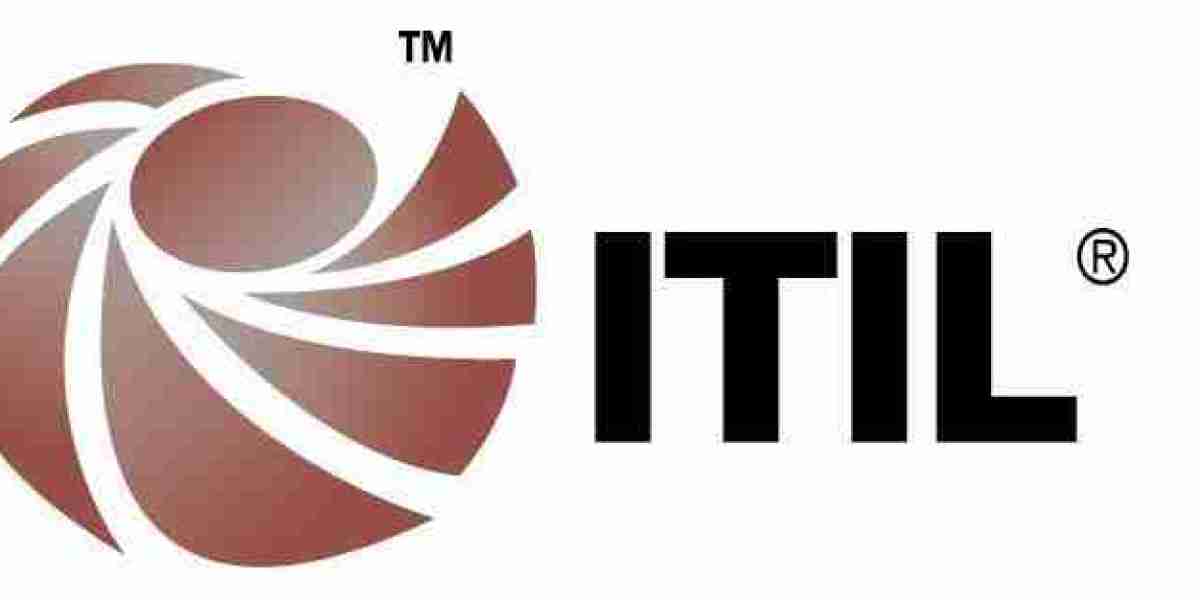Introduction to Indian Matka
Indian Matka is a form of gambling that has its roots deeply embedded in the culture and history of India, particularly in the bustling markets and streets of Mumbai. Matka, originally a traditional lottery game, has evolved over time into a popular form of illegal betting and gambling, attracting individuals who seek high-stakes excitement. Despite its ban in India, the practice continues in a modified, underground form. This article will delve into the origins, the mechanics, the rise of Matka, its impact on society, and the legal implications it carries.
The Origins of Indian Matka
The term "Matka" is derived from the Hindi word "matka," which refers to a traditional earthen pot used to draw water. Historically, Matka was associated with a lottery game in which participants would bet on numbers drawn from a pot. The game gained immense popularity in the 1950s and 1960s in Mumbai (then Bombay).
Initially, it was linked to the sale of cotton, where traders would use a pot (matka) to randomly draw numbers and determine the pricing of cotton. Over time, the game transformed into a popular gambling activity where people would place bets on numbers between 0 and 9. The number drawn from the pot would decide the winner, and those who had correctly guessed the number were rewarded with a large payout.
The Evolution of Matka Gambling
As time progressed, Matka gambling became a widespread practice across Mumbai and other metropolitan areas in India. The game's popularity soared during the 1970s and 1980s when it was further commercialized, and various betting syndicates emerged. Matka gambling went beyond the simple numbers drawn from the pot, introducing new variants like "Kalyan Matka" and "Ratan Kalyan," named after famous gamblers and syndicate operators.
By the 1980s, the game was no longer limited to casual bets. The system grew into a complex and sophisticated network of bookmakers, punters, and operators. They began using different techniques to predict the numbers drawn, leading to the formation of a thriving underground gambling industry. The influx of technology, including telephones and later the internet, made it easier for people to place bets, and the game spread to other cities, including Delhi, Kolkata, and Ahmedabad.
How Indian Matka Works
In traditional Matka gambling, a participant would select a series of numbers ranging from 0 to 9. These numbers would be written on pieces of paper and placed in a Matka or earthen pot, from which a number would be drawn. Matka's success depended largely on the luck of the draw.
Over time, however, the system became more structured and complicated. The key components of the system are:
The Matka Number: In its most basic form, Matka betting involves selecting a "matka number" (a combination of numbers) to bet on.
Satta Numbers: Over time, additional variations like "Satta Matka" emerged, wherein players would select two numbers (often between 0 and 9). The dealer would then draw two numbers from a separate set, and the sum or combination of these numbers would decide the payout.
Payout: The payout depends on the odds set by the bookkeepers and the accuracy of predictions. A player who guesses the winning number can receive a large payout, often in multiples of their original bet. The more complex the betting combination, the higher the potential payout.
Betting Rounds: The game was often played in multiple rounds, with each round offering different odds and opportunities to win, depending on the format (single, double, or triple-number bets).
Though the game has gone online in recent years, traditional Matka still holds sway over a large number of people who continue to follow the live draws, which are often broadcast via informal channels.
The Role of Technology in Matka Gambling
The Indian Matka gambling scene has evolved significantly with the introduction of technology. In its early days, Matka betting was confined to physical locations such as bazaars and tea shops. Today, it has gone digital. The advent of mobile phones, internet connectivity, and mobile apps has allowed punters to place bets from the comfort of their homes or any remote location.
Several online Matka platforms now provide a virtual space for players to interact, place bets, and view results in real-time. The use of technology has made Matka more accessible, but it has also made it more difficult to track and regulate, further intensifying the illicit nature of the game.
The Impact of Indian Matka on Society
Despite being banned in India, Matka gambling has had a significant impact on society. On one hand, it has contributed to the economic growth of individuals involved in the betting industry, from bookkeepers to the punters themselves. However, on the other hand, the underground nature of the game has led to numerous social and financial problems.
Addiction: One of the most concerning aspects of Matka is its potential for addiction. People who become addicted to the game often fall into debt, sometimes losing their life savings in the pursuit of large payouts. The allure of easy money keeps participants coming back for more, even though the odds are stacked heavily against them.
Debt and Crime: Many people involved in Matka gambling end up taking loans to fund their betting activities, often turning to loan sharks or illegal moneylenders. When they are unable to repay their debts, they may resort to criminal activities or face severe consequences.
Organized Crime: The Matka gambling industry is often linked to organized crime syndicates that handle large amounts of money and have been associated with other illegal activities, such as extortion, bribery, and even money laundering.
Socioeconomic Divide: Matka gambling, like many forms of illicit betting, disproportionately affects people from lower socioeconomic backgrounds. Many gamblers view it as a way to escape their financial struggles, leading to a cycle of gambling addiction and financial instability.
The Legal Framework and Challenges
Matka gambling, like all forms of betting, is illegal under Indian law. The Public Gambling Act of 1867, which prohibits all forms of gambling in India, also applies to Matka. In 1990, the Maharashtra government took legal action to shut down numerous illegal betting operations and arrested several prominent figures in the Matka industry. However, despite these efforts, the practice continues in various forms.
Enforcement remains a major challenge due to the clandestine nature of the game. The growth of online Matka gambling and the anonymity it provides have made it even more difficult for authorities to curb the practice.
Conclusion
Indian Matka is an intriguing and controversial gambling practice with deep cultural roots. It has evolved from a simple lottery-based game to a complex and underground gambling industry. While it has provided entertainment and financial opportunities for some, it has also led to addiction, crime, and social inequality. Despite being banned, the game's resilience in the face of legal challenges and technological advancements showcases the deep demand for such high-stakes excitement in society. However, for the sake of social welfare, it is crucial that authorities work towards enforcing the law and providing rehabilitation to individuals impacted by Matka gambling.









